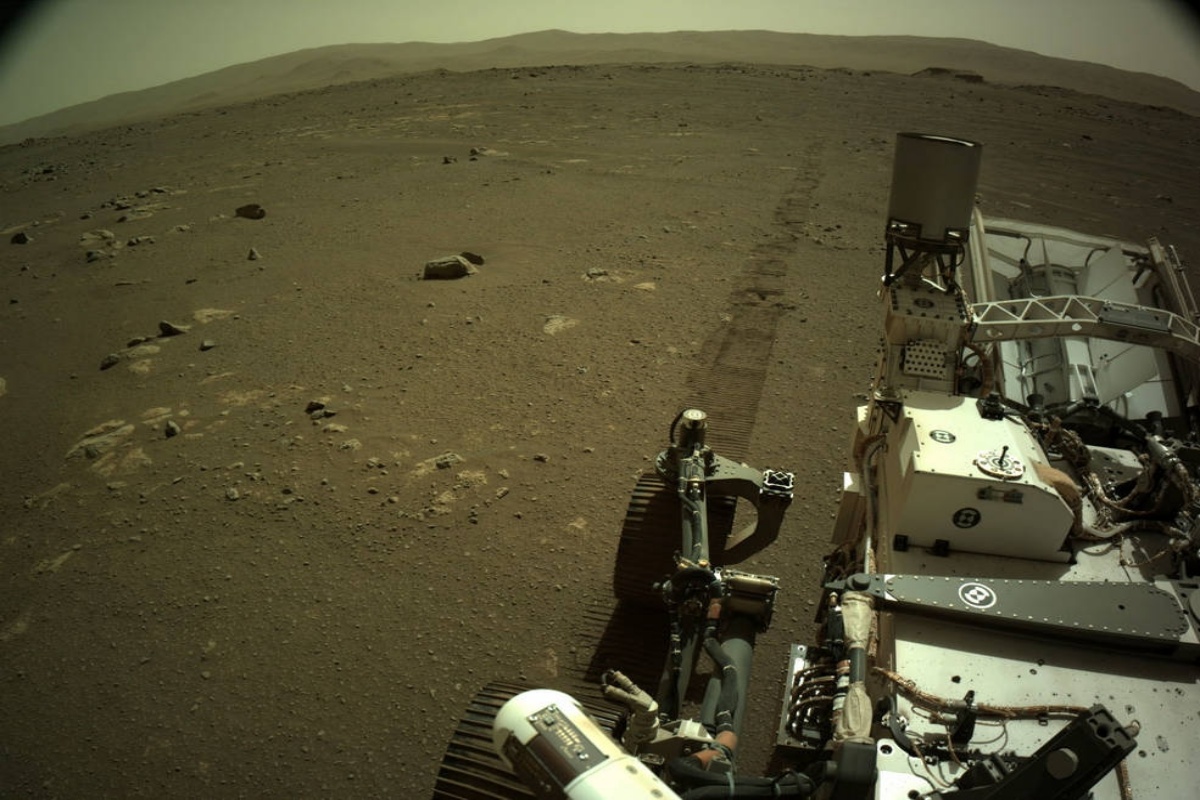You can now have a feel of how it would be like if you get a chance to drive on Mars as NASA has released audio clips of its Perseverance rover crunching across the surface of the Red Planet, adding a whole new dimension to Mars exploration.
As the Perseverance rover began to make tracks on the surface of Mars, a sensitive microphone it carries scored a first: the bangs, pings, and rattles of the robot’s six wheels as they rolled over Martian terrain.
“A lot of people, when they see the images, don’t appreciate that the wheels are metal,” Vandi Verma, a senior engineer and rover driver at NASA’s Jet Propulsion Laboratory in Southern California, said in a statement.
“When you’re driving with these wheels on rocks, it’s actually very noisy.”
More than 16 minutes of sounds from Perseverance’s 27.3-metre drive on March 7 were captured by Perseverance’s entry, descent, and landing (EDL) microphone, which remains operational on the rover after its historic touchdown on February 18.
The off-the-shelf microphone was added to the rover to help take the public along for the ride during touchdown, but mission members have been eager to hear the sounds from the surface, too.
“If I heard these sounds driving my car, I’d pull over and call for a tow,” said Dave Gruel, lead engineer for Mars 2020’s EDL Camera and Microphone subsystem.
“But if you take a minute to consider what you’re hearing and where it was recorded, it makes perfect sense.”
Two versions of the audio clip of the same drive were released to the public on March 17.
The first version features over 16 minutes of raw, unfiltered sounds of the rover travelling in Jezero Crater.
In it, the noise generated by the interaction of Perseverance’s mobility system (its wheels and suspension) with the surface can be heard, along with a high-pitched scratching noise.
Perseverance’s engineering team continues to evaluate the source of the scratching noise, which may either be electromagnetic interference from one of the rover’s electronics boxes or interactions between the mobility system and the Martian surface.
The second version is a shorter compilation of sounds from the longer raw recording of the drive.
For this 90-second version, NASA engineers combined three segments from the raw audio file, processing and editing them to filter out some of the noise.
A key objective for Perseverance’s mission on Mars is astrobiology, including the search for signs of ancient microbial life.
The rover will characterise the planet’s geology and past climate, pave the way for human exploration of the Red Planet, and be the first mission to collect and cache Martian rock and regolith — broken rock and dust.











